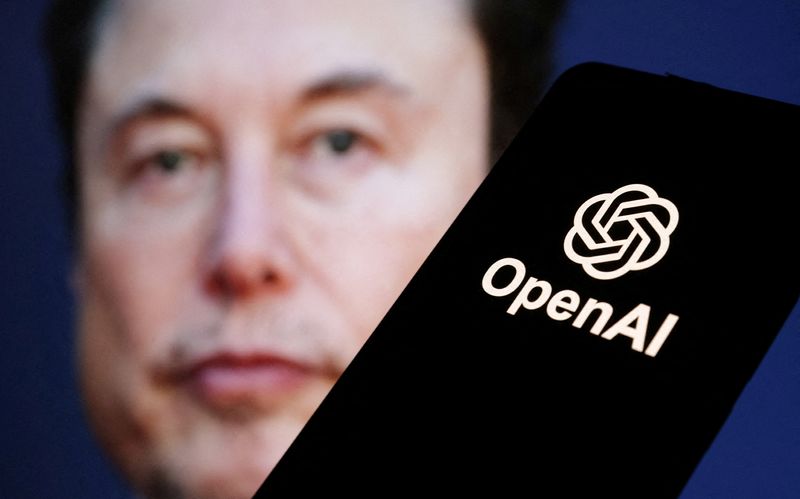 |
| A Milestone in EU-India Economic Partnership |
In a significant step toward strengthening economic ties, the European Union (EU) and India have committed to concluding their free trade agreement (FTA) negotiations by the end of 2025, focusing on diversifying critical supply chains. This development emerged from a high-profile meeting in New Delhi, where EU Commission President Ursula von der Leyen and Indian Prime Minister Narendra Modi signaled their intent to deepen collaboration across multiple sectors. The ambitious EU-India free trade agreement is poised to encompass industries like batteries, pharmaceuticals, semiconductors, clean hydrogen, and defense, promising a transformative boost to bilateral trade and investment. With trade between the two already valued at $137.5 billion annually, this pact could redefine their economic relationship while addressing global challenges like supply chain resilience and sustainability.
The announcement reflects years of on-and-off negotiations that began in 2007 but stalled in 2013 due to disagreements over tariff reductions and intellectual property rights. After resuming talks in 2021, both sides now appear determined to bridge remaining gaps. Von der Leyen emphasized the strategic importance of this partnership, noting that "great power competition offers a chance to rethink Europe and India’s collaboration." She highlighted the potential for mutual gains in a cooperative world, contrasting it with the losses of isolationism. For India, the EU represents its largest goods trading partner, with trade surging nearly 90% over the past decade, underscoring the stakes of this EU-India trade deal in 2025. The leaders’ handshake in front of a hydrogen fuel cell bus symbolized their shared commitment to innovation and green technology, key pillars of the agreement.
At the heart of this EU-India free trade agreement lies a complex web of negotiating points. The EU is pushing India to slash tariffs on imported cars, whiskey, and wine by over 100%, aiming to open India’s market to European luxury goods. In return, India seeks greater access to the EU for affordable pharmaceuticals and chemical products, a move that could bolster its export-driven industries. Additionally, India is advocating for lower tariffs on textiles, clothing, and leather goods, sectors vital to its economy. However, tensions persist over the EU’s plan to impose carbon border tariffs of 20-35% on high-emission products like steel, aluminum, and cement starting in 2026, a policy India opposes due to its potential impact on domestic industries. These sticking points highlight the challenges of aligning economic priorities in this landmark EU-India FTA negotiation process.
Despite the optimism, experts caution that finalizing the deal won’t be straightforward. Ajay Srivastava from the Global Trade Initiative think tank suggested that unless India significantly reduces tariffs on automobiles and other sensitive products, the path to an EU-India trade agreement in 2025 could hit roadblocks. The EU, meanwhile, sees this pact as a way to diversify supply chains away from geopolitical risks, especially amid rising U.S.-China tensions and potential tariff threats from a future U.S. administration. For India, the agreement offers access to advanced technology, investment, and a broader role in global supply networks, aligning with its modernization goals. The inclusion of sustainable development commitments and investment protection mechanisms further elevates the deal’s scope, making it a potential model for future trade pacts.
The economic stakes are immense, given the robust foundation of EU-India trade relations. With annual goods trade at $137.5 billion (roughly 201 trillion INR) and services trade leaping to €59.7 billion in 2023 from €30.4 billion in 2020, the partnership is already a powerhouse. The EU accounts for 12.2% of India’s trade, while India represents 2.2% of the EU’s, a disparity that reflects untapped potential. By tackling tariff barriers, enhancing market access, and securing geographical indications, this EU-India free trade agreement could unlock new growth avenues. Yet, the delicate balance of protecting domestic industries while embracing liberalization will test both sides’ negotiating resolve as they race toward the year-end deadline.
This pact also carries broader geopolitical weight. For the EU, India is a linchpin in the Indo-Pacific, a counterbalance to other powers, and a partner in climate solutions. For India, the EU offers a gateway to cutting-edge expertise and sustainable investment, critical for its ambitions in clean energy and industrial upgrading. The focus on clean hydrogen and semiconductors underscores a shared vision for a tech-driven, eco-friendly future. As von der Leyen put it, this is about “diversifying critical value chains” in a world where resilience matters more than ever. While hurdles remain, the EU-India FTA negotiation updates in 2025 signal a pivotal moment, one that could reshape trade dynamics and solidify a partnership built on mutual benefit and strategic foresight.



Comments
Post a Comment